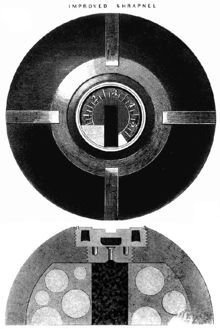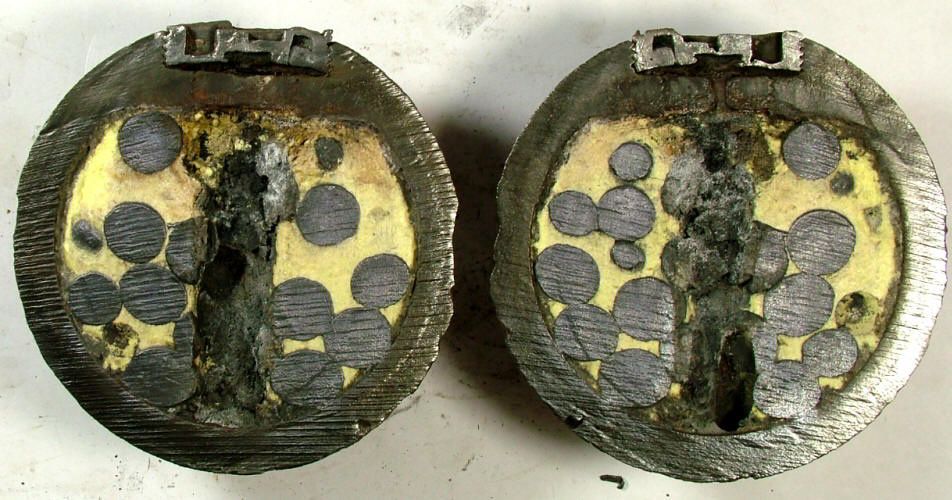sadly, i so far can't find what the standard was at the time. 1796 is the date the brits held to a standard for sabres, artillery was i think more hit & miss.

0.32 and 0.36 in. lead balls were quit often used in the states for civilian pistols and rifles, but were not used in military muskets or pistols of the time. quite possible it was just filled with an incendiary ,ie. sulfur, and cored for the bursting charge thru the hole, which then had a clay plug & fuse combo.
shells were cast in sand molds with the central sphere of sand/clay that would be removed thru the hole later. the hole was from a clay rod that supported the central sphere. some shells were cast with a central dodecahedron which thus ensured a varied wall thickness and more consistent fragmentation.
one key is in the name 'shell', the wall thickness had to be thick enough to withstand firing with maximum charge, but still thin enough to readily burst with the amt. of powder that could be held internally. a small fuse hole would be more effective as it would leak less gas. hand grenades of course could have a nice thin shell that fragmented easily and had lots of room for nasty lead or steel shrapnel balls and incendiary material.
possibly being in the home of the cork oak, they found they could use a smaller hole with a higher quality cork plug?
1865 improved shrapnel shell for a more developed example. the appellation 'shrapnel' was in general use by then for the type of shell with a load of balls and a bursting charge just large enough to release them, not needing additional velocity as the projectile was going fast enough already.

lt. shrapnel's and col. boxer's contribution:

note the sabot. one problem with the good lt.'s design was that friction between the loose balls could set off the bursting charge as the shell was fired. the boxer idea separated the charge and the balls. lt. shrapnel went on to become lt. general shrapnel. col. boxer went on to fame as the proponent of the "The Short Chamber Boxer-Henry .45 caliber" made famous by the movie 'zulu'
Quote:
Colour Sergeant Bourne: It's a miracle.
Lieutenant John Chard: If it's a miracle, Colour Sergeant, it's a short chamber Boxer Henry point 45 caliber miracle.
Colour Sergeant Bourne: And a bayonet, sir, with some guts behind.
|
the US/CSA just filled the core void with balls and molten sulphur or asphalt then drilled out a space for the bursting charge: the incendiary material was not really to set stuff alight, but to shatter from the bursting charge and produce a nice smoky burst to let the gunners know where it went off so they could adjust accordingly.

these examples all had the later metal screwed in fuses.